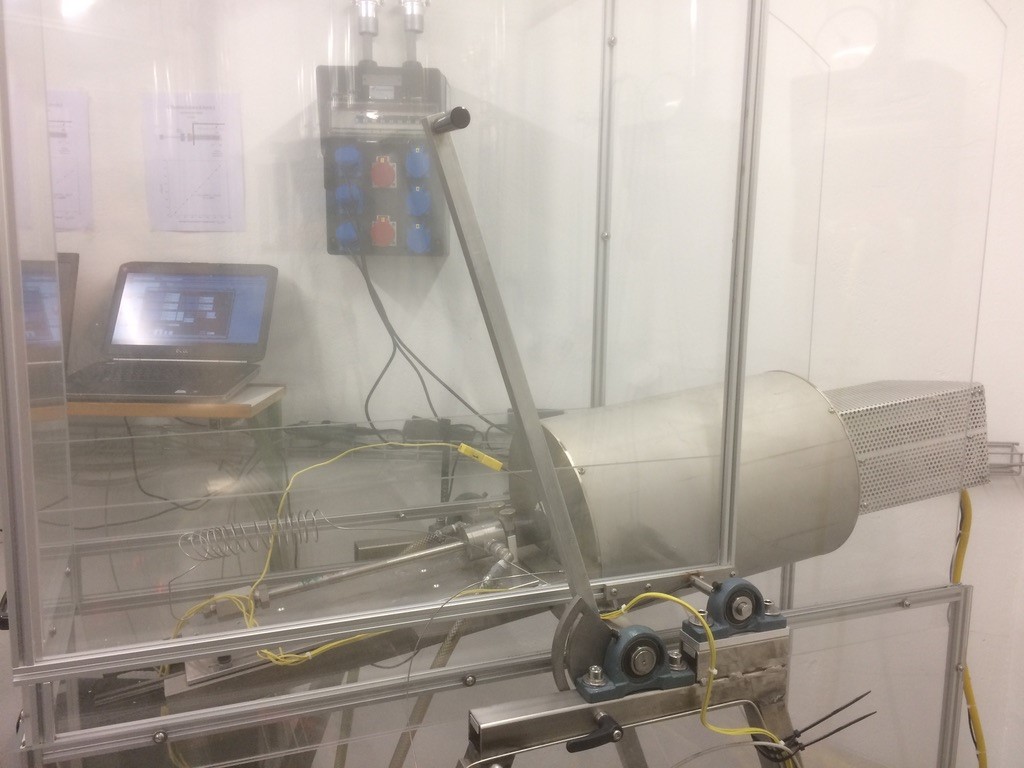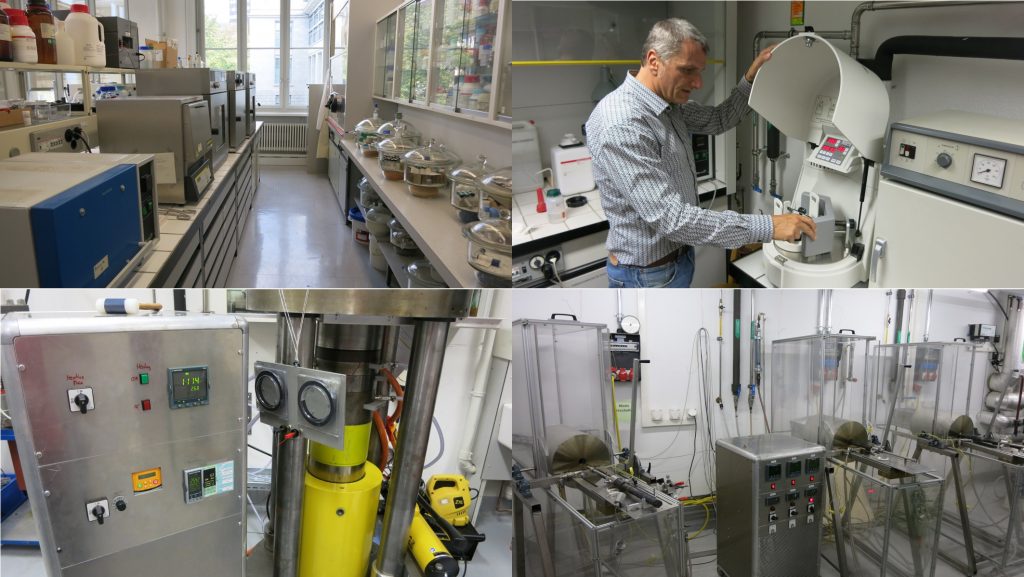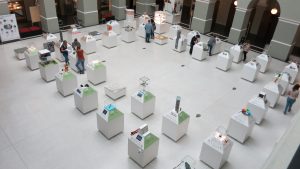Two billion years ago there wasn’t much life on Earth, but some simple microorganisms existed. Some of these microorganisms lived in anoxic ocean muds and got their oxygen by reducing sulfates to sulfides. Ville went to ETH Zürich with the intention to study what happened to the remains of these ancient organisms when the Duluth Complex magmas cooked their remains in black shales 1.1 billion years ago. The study is done in collaboration with Matthieu Galvez, an expert in carbon chemistry, Raman spectroscopy, and pyrolysis measurements. One of the main research questions is the role of these early ancestors in the formation of the Ni-Cu-PGE mineralizations.
But things don’t always go as planned. Due to an outburst of some modern microorganisms, Ville had to return to Finland to wait for the situation to normalize. We recommend you to take the situation seriously: avoid contacts and remember the hygiene!
—
Kaksi miljardi vuotta sitten maapallolla ei ollut juurikaan elämää, mutta joitakin yksinkertaisia eliöitä oli kuitenkin olemassa. Eräs varhainen elämänmuoto olivat mikro-organismit, jotka elivät merten hapettomissa mudissa ja saivat tarvitsemansa hapen pelkistämällä sulfaatteja sulfideiksi. Ville lähti ETH Zürichiin tutkiakseen mitä näiden muinaisten eliöiden jäänteille tapahtui mustaliuskeissa, kun Duluthin kompleksin magmat kuumensivat niitä 1.1 miljardia vuotta sitten. Tutkimus suoritetaan yhteistyössä Matthieu Galvezin kanssa, joka on asiantuntija hiilen kemiassa, Raman spektroskopiassa ja pyrolyysimittausten suorittamisessa. Yksi keskeisistä tutkimuskysymyksistä on näiden varhaisten esi-isiemme rooli Ni-Cu-PGE mineralisaatioiden synnyssä.
Mutta asiat eivät aina suju suunnitelman mukaisesti. Eräiden nykyisten mikro-organismien leviämisen johdosta Villen täytyi palata Suomeen odottamaan tilanteen normalisoitumista. Suosittelemme ottamaan tämän tilanteen vakavasti: välttäkää kontakteja ja muistakaa hygienia!
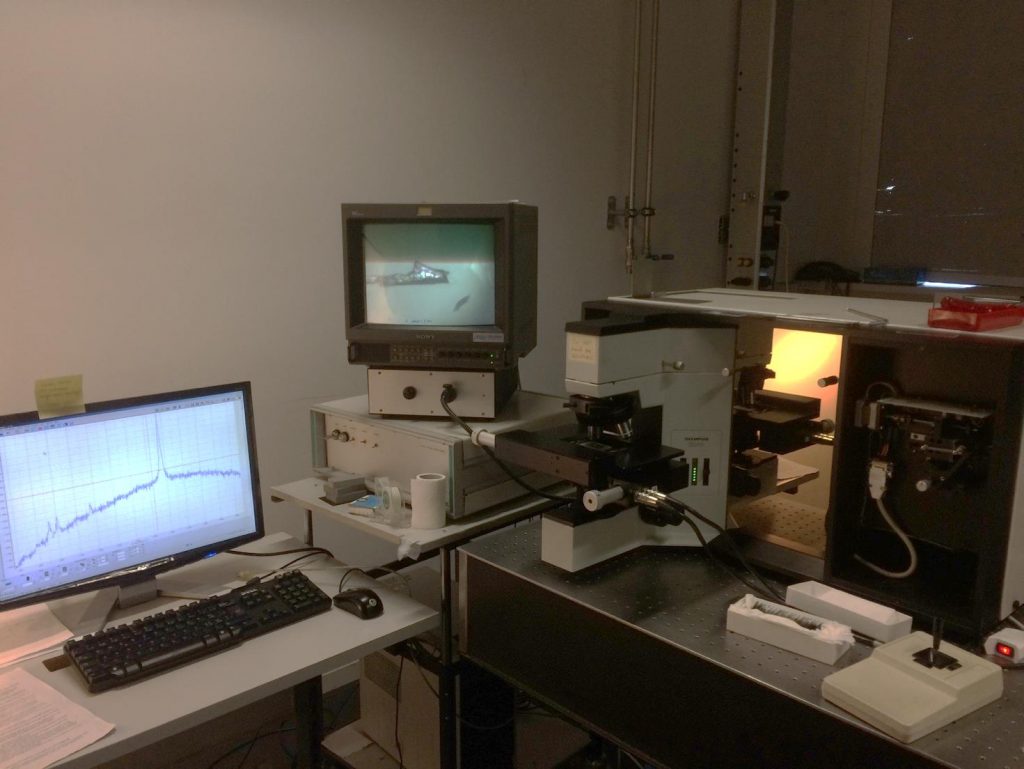
Ville had time to conduct preliminary Raman measurements on the black shale samples, which showed a wide structural variance of the organic material as a function of increasing contact metamorphic temperature. The detailed measurements will be conducted when the situation normalizes.
—
Villellä oli aikaa suorittaa alustavia Raman mittauksia mustaliuskenäytteistä, jotka osoittivat orgaanisen materiaalin laajan rakenteellisen vaihtelun kontaktimetamorfisen lämpötilan funktiona. Yksityiskohtaiset mittaukset tullaan suorittamaan, kun tilanne normalisoituu.
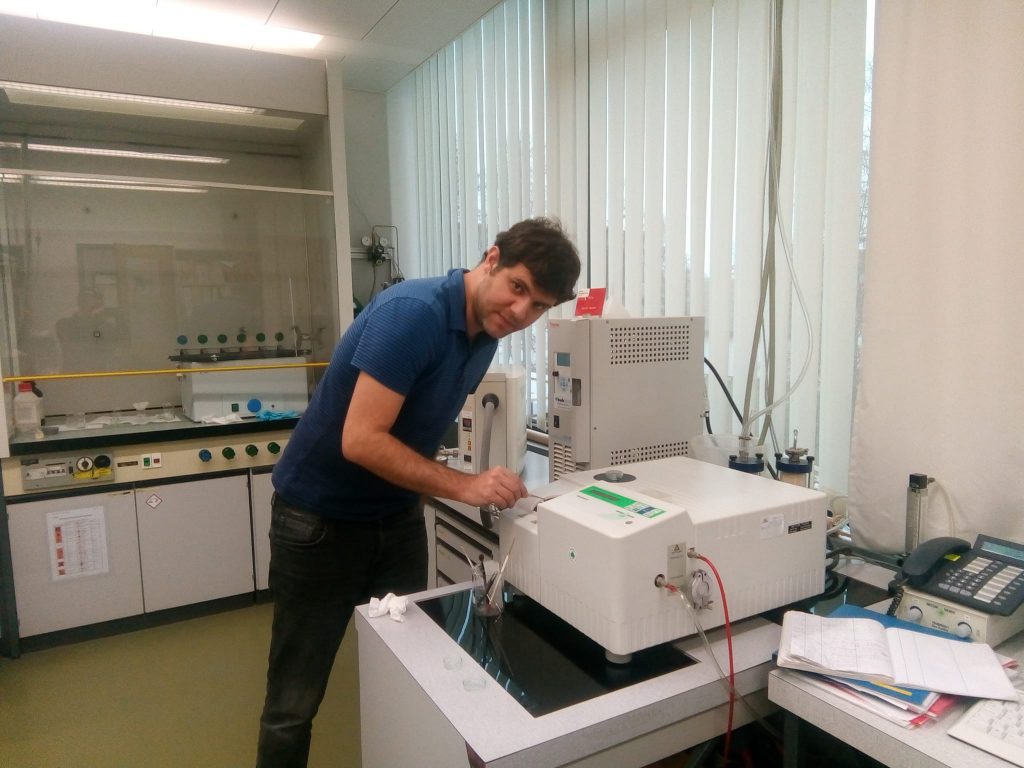
Matthieu Galvez inserting a sample to the pyrolysis instrument. The sample is gradually heated and the combustion products measured with a mass spectrometer. This method helps us to understand what happened to the organic matter and sulphides during contact metamorphosis.
—
Matthieu Galvez asettamassa näytettä pyrolyysilaitteeseen. Näyte kuumennetaan vaiheittaisesti ja palamistuotteet mitataan massaspektrometrillä. Tämä metodi auttaa meitä ymmärtämään mitä orgaaniselle ainekselle ja sulfideille tapahtui kontaktimetamorfoosin aikana.


